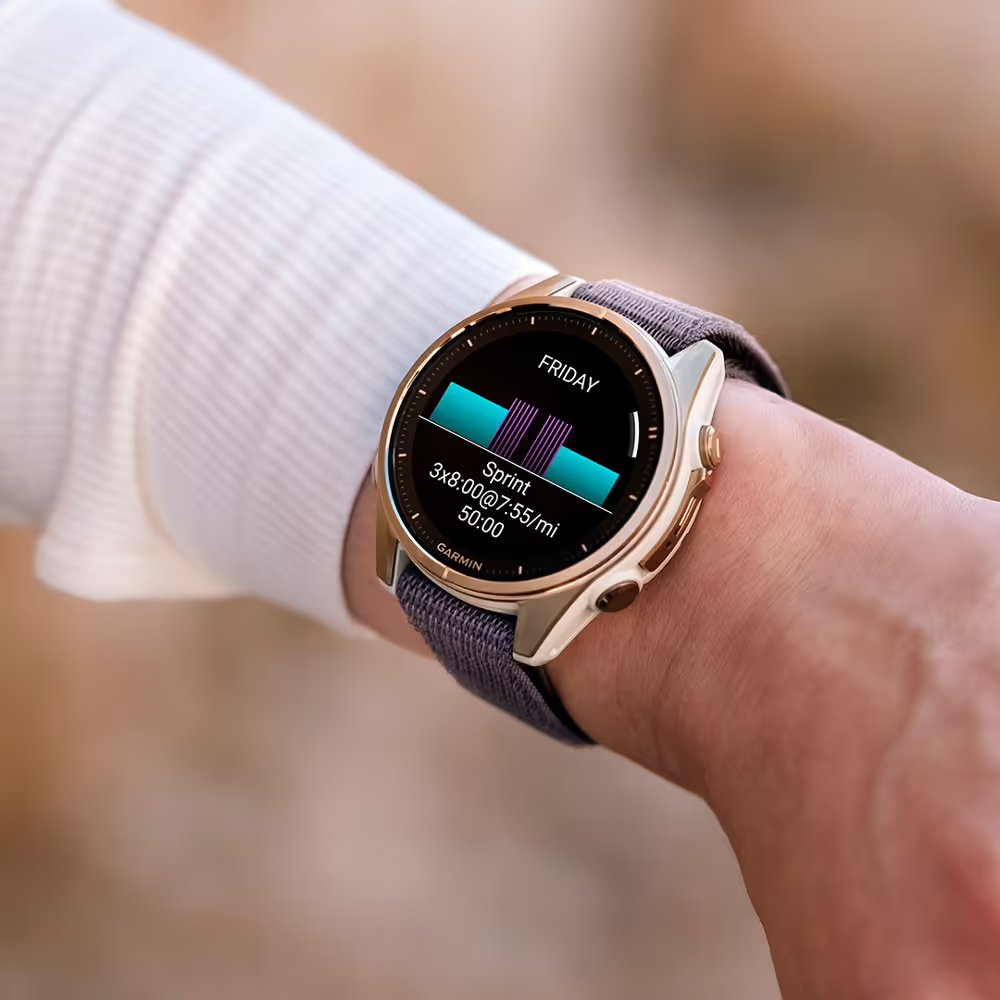
However, when I saw an advertisement for the Oura Ring, I made the purchase in 2022. I was surprised at my low HRV (suboptimal) – and a little jealous that Cam’s scores were much higher than mine! I actually found my older Fitbit watch, paid for the subscription (my older version did not come with that feature), and did an overnight comparison. They were comparable. I was so disappointed – I had thought this was an accuracy issue!
So I started trying to understand and make connections to what might explain my lower HRV. I quickly noticed that my score PLUMMETED whenever I’d had a glass or two of wine. I call it my “zombie readings”, since the score almost flatlines! Worse, my heart rate would stay elevated for the first half of the night, my sleep scores would drop, and I noticed I felt “foggy” in the morning. Other connections I made were that a late meal – even without alcohol – would lead to low HRV and sleep scores. Finally, stress seemed to similarly affect my numbers and reduce my “resilience” or “readiness”score. By making these observations and connecting behaviours to health, plus researching the physiologic parameters and what they meant, I started to make small, achievable changes.

Two things though:
1) it’s possible to get small changes incorporated into daily habits even with packed schedules and 2), by building in rest and recovery to all domains of life, we become more efficient with our “working” time. The result can be seen and felt.



My mood is better, my ability to handle stress is better, I am brimming with creative energy, and I am more connected to the people around me – at work and at home. By being more fit and more emotionally balanced, I have lost weight, become more toned, and noticed greater capacity when I exercise. I feel as though I am heading towards the best human I can be and I want this for everyone. Imagine a world filled with humans that are in a better state of physical and mental health….? I do. It starts with one at a time and knowing the positive effects ripple outwards!
So….
What I would say is that the wearable device is giving you trends, which is more valuable than any number. Your ability to improve and see your trends over time help YOU on an individual level. Subscription or not – you decide. Watch, ring, strap etc – do what is comfortable. Nutrition and stress matter and with guidance, positive changes can be made very easily. 60khealth is about INTELLIGENT WELLNESS BY DESIGN. 60khealth can work with any device and anyone who is willing to start with small, achievable changes because we’ve designed an intelligent wellness program that is personalized to you and only you.